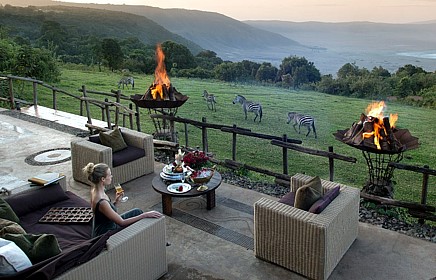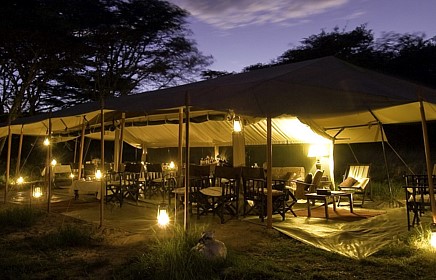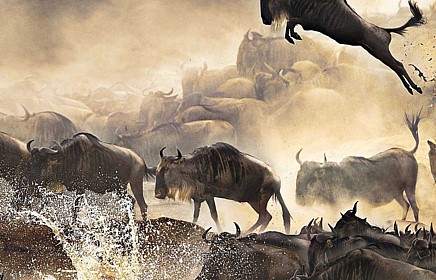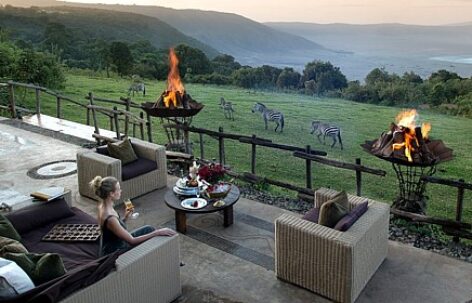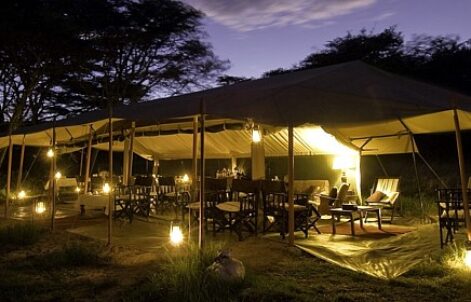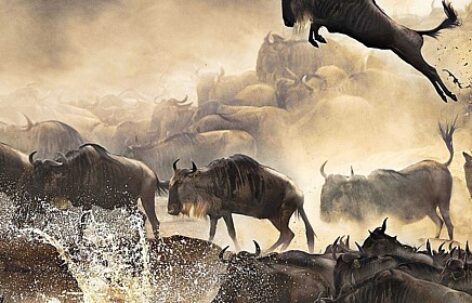Acclimatization + General Health
Acclimatization – Introduction
Acclimatization is the process by which the body becomes accustomed to lower availability of oxygen in the air and can only be achieved by spending time at various levels of altitude before progressing higher.
Oxygen, Air Density and Altitude
Acclimatization is best understood by looking at the relationship between oxygen in the air, air density and altitude changes. At sea level oxygen accounts for about 21% of air and barometric pressure is around 760 mmHg (millilitres of mercury). As one climbs in altitude the amount of oxygen in the air remains about the same (up to approximately 21,000 meters or 69,000 feet), however, air density drops and thus less pressure is put on packing oxygen molecules closer together (imagine oxygen molecules moving further and further away as altitude increases).
For example, at about 3,600 meters (12,000 feet), barometric pressure is around 480 mmHg. With less air density, oxygen molecules are more widely dispersed in any given column of air and hence less oxygen is available per breath.
Blood oxygen saturation
The body deals with this decrease in available oxygen by breathing faster and deeper (even at rest) so as to increase the oxygen content in the blood (i.e. blood oxygen saturation or SO2). The chart below shows the typical profile of oxygen saturation in an average person’s blood as one ascends to higher altitudes. For the average person, you can see that blood oxygen saturation (SO2) decreases to nearly 80% at 6,000m (just above Kilimanjaro’s summit).
Kilimanjaro Altitude Zones
On Kilimanjaro there are three altitude zones – high altitude (2,500 – 3,500 metres), very high altitude (3,500 – 5,500 metres) and extreme altitude (above 5,500 metres). Most people can ascend to 2,400 meters without experiencing the negative effects of altitude. However, as one enters the high altitude zone changes in air density and available oxygen begin to impact one’s physiology. One’s susceptibility to these changes is very difficult to predict, though, as there is very little correlation to factors of gender, age, fitness etc. We do however know that going too high, too fast is the key cause of AMS. Other contributing factors are dehydration and over exertion at altitude. A proper acclimatization strategy involves not going too high, too fast whilst also ensuring you don’t overexert yourself and remain well hydrated. To illustrate this point it is worth thinking about a term that climbers call the acclimatization line.
Acclimatization Line
The term is used to describe a point at which someone’s altitude sickness symptoms occur. For example, let’s say a person’s acclimatization line is 3,000 metres on day one. After trekking to this height and spending a night or two there, the body would acclimatize to that altitude and that person’s line might move to 3,800 metres. If they then climb to 3,700 metres they will remain asymptomatic, but if they climb to 4,000 metres they would begin to experience altitude sickness symptoms. Very near to one’s acclimatization line the body can continue to adjust and a day or two’s rest at that height will usually result in the resolution of symptoms. However if one continues to ascend beyond ones acclimatization line it is almost guaranteed that symptoms will worsen and further acclimatization will not occur. It is critical that one gets below the point where symptoms began in order to see improvement. This last point illustrates why it is so dangerous to ascend with any symptoms of altitude sickness.
How the body adapts to higher altitudes
Here’s the good news – your body is very good at adapting to changes in its environment. Given enough time your body can adapt to high altitude. Four main body changes are worth mentioning. As you ascend:
- Breathing becomes a lot deeper and faster
- Red blood cell count increases which allows more oxygen to be carried in the blood
- Pressure in your pulmonary capillaries increases which forces blood into areas of the lungs that are not used when breathing at sea level
- More of a particular enzyme is produced which causes oxygen to be released from hemoglobin to the blood tissue
It is important to remember that your body can cope at altitude, it just needs time to acclimatize.
Acute Mountain Sickness (AMS)
Acute Mountain Sickness is also referred to as “Altitude Sickness”, and as the name indicates the illness is commonly encountered at exceptionally high altitudes, such as the summit area of Mount Kilimanjaro. AMS, once apparent, can be most effectively treated by immediately taking the affected person to a lower altitude. Often a drop as little as 500m will be sufficient. The symptoms of AMS include in the order normally experienced; headaches, nausea, anorexia, exhaustion, lassitude, rapid pulse, insomnia, swelling of the hands and feet and reduced urine output. Climbers can take precautions to at least minimise the severity of the illness, by maintaining a slow steady pace from day one, include an extra day of acclimatisation at a high altitude and by drinking at least 3-4 litres of water every day. Preventative medicine is also available and you should consult your physician for specialist advice. Fluid build-up may cause a condition known as edema (or oedema), which can affect the lungs (pulmonary), preventing effective oxygen exchange, or affect the brain (cerebral) which will result in the swelling of the brain tissue. The latter can be lethal if not treated immediately or if symptoms are ignored. Probably 70% of all people climbing Kilimanjaro will suffer to some extent from AMS. You should familiarise yourself with this condition and take preventative care.
Hypothermia
Hypothermia or exposure is the lowering of the body’s core temperature. Once again prevention is the best cause of action. The correct equipment and clothing is critical in the prevention of Hypothermia. Do not allow your clothing to get wet from either rain or perspiration. The treatment of hypothermia is relatively simple. Get the victim into a sheltered area as quickly as possible, remove all wet clothing and place the victim inside two or three sleeping bags, preferably with another person to help heat the victim.
Sun related injuries
About 55% of the earth’s protective atmosphere is below an altitude of 5000m. Far less ultraviolet light is being filtered out, making the sun’s rays much more powerful, which could result in severe sun burning of the skin. It is strongly recommended to use a 20+ sun protection cream at lower altitudes, and a total block cream above an altitude of 3000m. It is also important to wear dark sun glasses preferably with side panels above 4000m in daytime and essential when walking through snow or ice. Snow blindness can be very painful, and will require your eyes to be bandaged for at least 24 hours.
Fitness
Any climber who suffers from any cardiac or pulmonary problems should be cautious and should not attempt to climb the mountain unless they have consulted their physician. It is strongly recommended that a physical fitness program is followed to prepare yourself physically for the mountain.
Feet Problems
Poor fitting, new or little used boots will result in blistering feet. Even if boots are only slightly to small, your toes will get bruised, particularly on your descend. It is it therefore also important to keep your toe nails short for the climb. Developing blister should be treated immediately as soon as the “hot spot” is felt. Remove the boot and cover the area with a zinc oxide tape or something similar.
